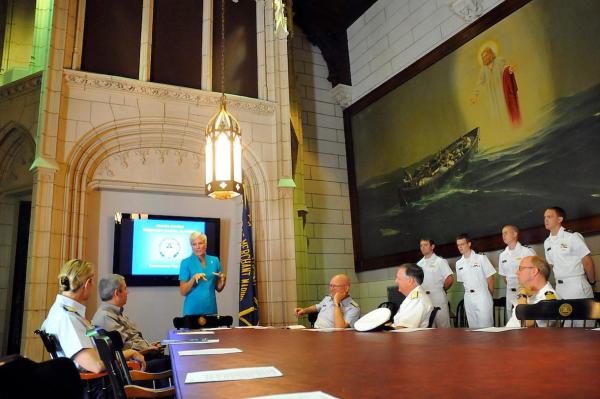4 in 10 Millennials Religiously Unaffiliated; No. 1 Reason for Leaving Faith Is Stop Believing in Teachings: Survey

Twenty-five percent of the American population is now religiously unaffiliated, a number which includes nearly one in four or 39 percent of young people aged 18-29, according to a survey released by the Public Religion Research Institute.
What is more, the most popular reason found for why people leave their faith was simply that they stopped believing in the teachings.
The PRRI survey found that there has been a big rise in people who reject religion in America since the 1990s, and today that number has hit 25 percent.
There were notable differences among age groups, however, with 39 percent of 18 to 29 year olds sharing that they do not believe in a religion, compared to 29 percent in the 30 to 49 age group; 17 percent in the 50 to 64 category, and only 13 percent in those aged over 65.

A breakdown on religious switching added that many Americans leave the religion of their childhood affiliation, with almost every religious denomination, except non-white and non-black Protestants, experiencing a net loss.
"One important reason why the unaffiliated are experiencing rising retention rates is because younger Americans raised in nonreligious homes are less apt to join a religious tradition or denomination than young adults in previous eras," the researchers explained.
"About three-quarters (74 percent) of Americans under the age of 50 who were raised nonreligious have maintained their lack of religious identity in adulthood. In contrast, only about half (49 percent) of Americans age 50 or older who were raised unaffiliated still identify that way."
As for the reasons why Americans are leaving their childhood religion, 60 percent of the unaffiliated said that they simply stopped believing in the religion's teachings. Thirty-two percent said that a major reason was that their family was never that religious when they were growing up, while 29 percent said that "negative religious teachings about gay and lesbian people were to blame."
The survey also found that 39 percent of 18 to 29 year olds were "about three times more likely than seniors (people 65 and older) to say negative religious teachings about and treatment of the gay and lesbian community was a primary reason for leaving their childhood faith (39 percent vs. 12 percent, respectively)."
A further breakdown of non-believers separated them into three categories: rejectionists, apatheists, and unattached believers.
"Rejectionists, who account for the majority (58 percent) of all unaffiliated Americans, say religion is not personally important in their lives and believe religion as a whole does more harm than good in society," PRRI explained.
"Apatheists, who make up 22 percent of the unaffiliated, say religion is not personally important to them, but believe it generally is more socially helpful than harmful. Unattached believers, who make up only 18 percent of the unaffiliated, say religion is important to them personally," it added.
A previous survey on the changing U.S. religious landscape by the Pew Research Center back in 2014 found similar results, though the unaffiliated had only reached 22.8 percent back then.
Pew noted, however, that the number of avowed atheists and agnostics remained relatively small, at 3.1 and 4 percent of the population respectively, with most people in the unaffiliated category describing themselves as "nothing in particular."






















